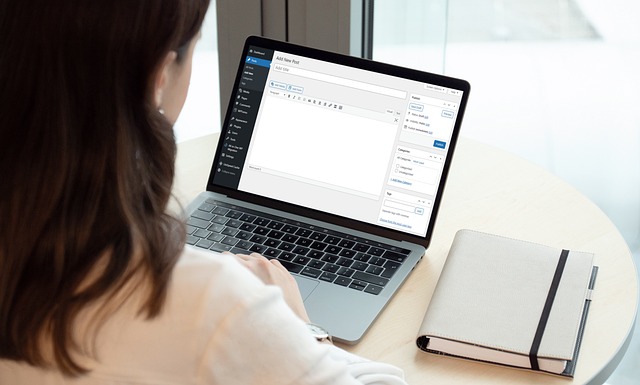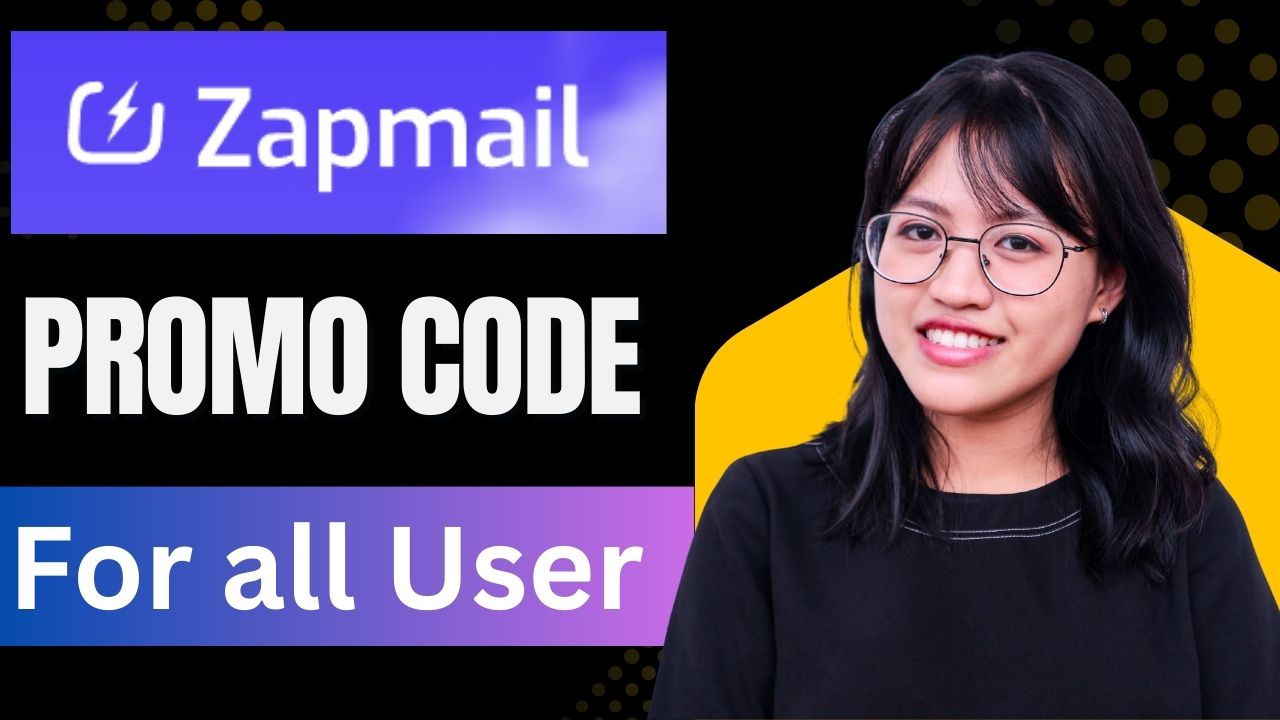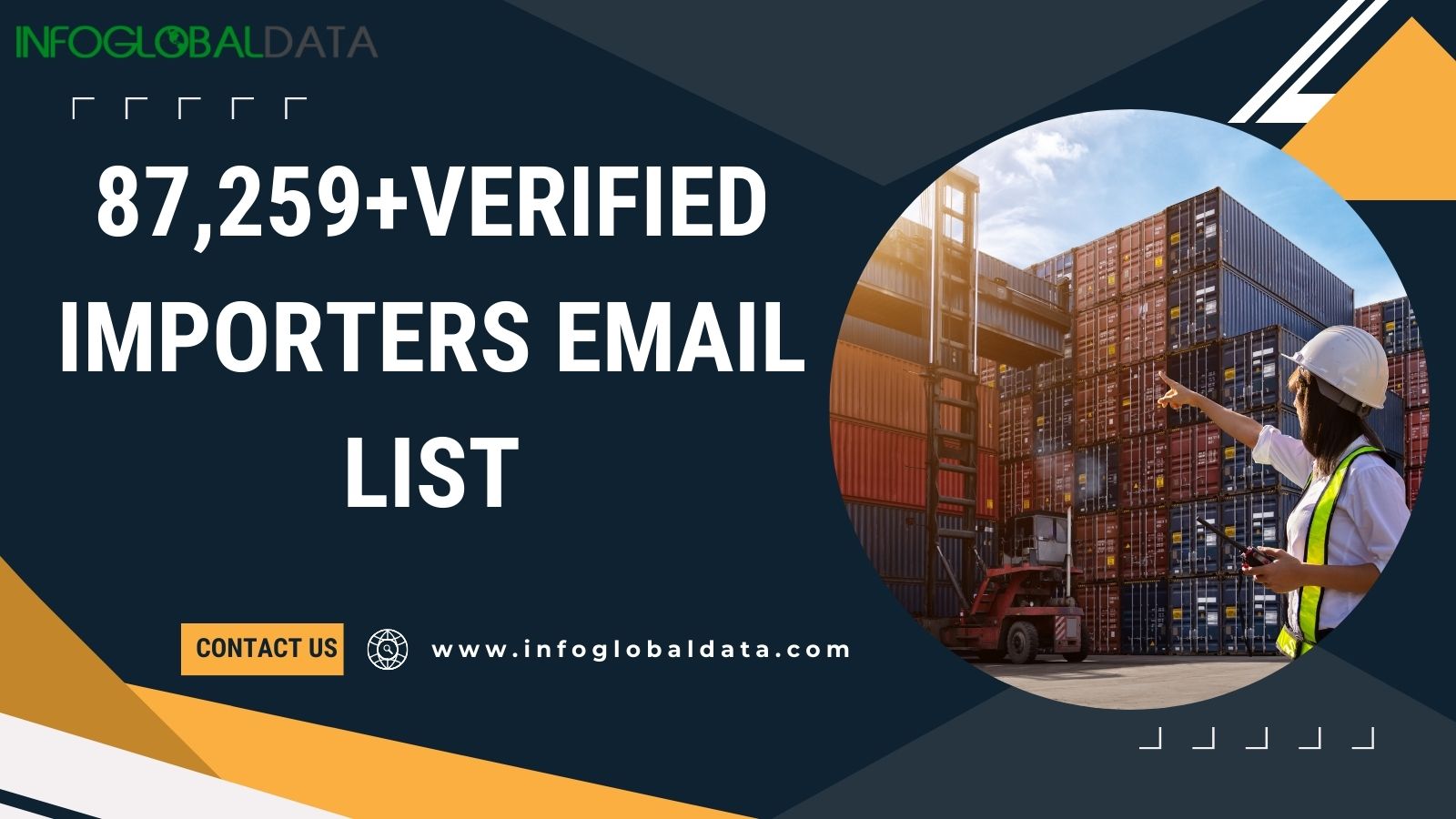The Dos And Don'ts Of Email Marketing For Beginners

Strong 8k brings an ultra-HD IPTV experience to your living room and your pocket.
With email marketing becoming an imperative tool for businesses of all sizes, it's crucial to understand the best practices to ensure success. When done right, email marketing can drive customer engagement and promote brand loyalty. However, there are certain dos and don'ts that beginners should keep in mind to avoid common pitfalls and maximize the effectiveness of their campaigns. In this blog post, we will cover the key strategies and mistakes to help beginners navigate the world of email marketing with confidence and achieve their marketing goals.
Key Takeaways:
- Build your email list organically: Focus on gaining subscribers through opt-ins, sign-up forms, and content upgrades rather than purchasing email lists.
- Personalize your emails: Use the recipient's name, segment your list based on demographics or behavior, and tailor your content to suit their interests and needs.
- Track and analyze your email metrics: Monitor open rates, click-through rates, and conversion rates to understand what content resonates with your audience and make data-driven decisions for future campaigns.
Building Your Email List
Understanding Opt-in Methods
One crucial aspect of email marketing is building a strong email list. With opt-in methods, you ensure that subscribers willingly sign up to receive your emails, leading to a more engaged and receptive audience. Understanding the various opt-in methods available, such as single opt-in (where someone signs up and is immediately added to your list) or double opt-in (where they must confirm their subscription), helps you choose the best approach for your audience.
Creating a Compelling Signup Form
To attract quality subscribers, your signup form must be compelling and easy to use. Formulate a signup form that clearly outlines the value subscribers will receive by joining your list, whether it's exclusive offers, valuable content, or updates. Make sure the form is visually appealing, mobile-responsive, and prominently placed on your website to maximize visibility and conversions.
Creating a Compelling Signup Form: Your signup form is the gateway to your email list, so ensure it leaves a lasting impression on visitors. Use concise and persuasive copy, compelling visuals, and a clear call-to-action to entice users to subscribe. Additionally, ask for only crucial information to reduce friction and increase signup rates.
The Dos And Don'ts Of Email Marketing For Beginners
The Art of Subject Lines
On average, 33% of email recipients decide whether or not to open an email based on the subject line alone. Crafting a compelling subject line is crucial for grabbing the attention of your audience and enticing them to open your email. Keep it concise, relevant, and personalized to increase open rates and engagement.
Writing Engaging Body Content
On average, readers spend just 15-20 seconds scanning an email. To make the most of this short window of opportunity, ensure your body content is concise, relevant, and engaging. Use a clear and engaging writing style, break up text with subheadings, bullet points, and images, and include a clear call-to-action to direct readers on the next steps.
Writing engaging body content is not just about providing information; it's about creating a connection with your readers. Personalize your content, address pain points, provide solutions, and always keep the reader's journey in mind. By crafting content that resonates with your audience, you increase the chances of building long-lasting relationships and driving conversions.
Email Marketing Best Practices
Timing and Frequency of Emails
Practices for timing and frequency of emails are crucial in email marketing. Your goal should be to strike a balance between keeping your audience engaged without overwhelming them with too many emails. It's recommended to send emails at consistent intervals, whether it's weekly, bi-weekly, or monthly. Experiment with different days and times to determine when your audience is most responsive.
Segmentation and Personalization
The use of segmentation and personalization in email marketing is key to boosting engagement and conversion rates. The more targeted and relevant your content is to each subscriber, the higher the chances of them taking action. Segment your email list based on demographics, behaviors, or past interactions with your brand. Personalize your emails with the recipient's name, and tailor the content to their preferences and interests.
Segmentation allows you to send more tailored content, leading to higher open rates and click-through rates. By recognizing the unique characteristics and behaviors of different segments of your audience, you can send personalized messages that resonate with each individual on your list.
Best practices in segmentation and personalization involve continuously analyzing data and refining your email campaigns to ensure they are highly targeted and relevant to each recipient. This approach helps build stronger relationships with your subscribers and improves the overall effectiveness of your email marketing efforts.
Measuring Success
Key Performance Indicators (KPIs)
For email marketing beginners, understanding Key Performance Indicators (KPIs) is imperative to measure the success of your email campaigns. KPIs such as open rates, click-through rates, conversion rates, and unsubscribe rates can provide valuable insights into the effectiveness of your email marketing efforts.
A/B Testing and Continual Improvement
For those new to email marketing, A/B testing is a powerful tool to optimize your campaigns. By testing variations of subject lines, content, calls-to-action, and send times, you can gather data on what resonates best with your audience. Continual improvement based on A/B test results can help you refine your email strategy for better engagement and conversion rates.
With A/B testing, you can experiment with different elements of your emails to see what works best for your audience. By analyzing the results of these tests, you can make data-driven decisions to improve the performance of your email campaigns over time.
Avoiding Common Pitfalls
Understanding Spam Regulations
With email marketing, it is crucial to have a strong understanding of spam regulations to ensure that your emails are compliant with the law. This means being aware of regulations like the CAN-SPAM Act in the United States and the GDPR in Europe. Make sure to obtain proper consent from recipients before sending them marketing emails and always provide an easy way for them to unsubscribe.
Maintaining Email List Hygiene
Pitfalls can arise when email lists are not properly maintained. It's important to regularly clean your email list by removing inactive subscribers, correcting email addresses with typos, and updating contact information. This not only helps improve the deliverability of your emails but also ensures that you are targeting an engaged audience interested in your content.
Maintaining a clean and healthy email list is imperative for the success of your email marketing campaigns. Regularly audit your list, remove unsubscribers promptly, and avoid purchasing email lists to keep your sender reputation intact and ensure your emails reach the intended recipients.
Leveraging Automation and Tools
To succeed in email marketing, beginners must leverage automation and tools to streamline their campaigns and improve results. By automating certain processes, you can save time and ensure that your emails are sent efficiently and effectively. Tools also provide valuable insights and data to help you optimize your strategies.
One of the most necessary tools for email marketing is an email service provider (ESP). An ESP allows you to create and send emails, manage subscriber lists, and track performance metrics such as open rates and click-through rates. It also often includes automation features like drip campaigns and trigger-based emails.
Automation is key to scaling your email marketing efforts while maintaining a personal touch. By setting up automated workflows based on subscriber behavior or demographics, you can send targeted and relevant emails that resonate with your audience. This not only improves engagement but also helps nurture leads through the customer journey.
Another tool to consider is A/B testing software, which allows you to test different elements of your emails, such as subject lines, call-to-action buttons, or sending times. By analyzing the results of these tests, you can refine your strategies and improve the performance of your campaigns over time.
Overall, by incorporating automation and tools into your email marketing strategy, you can work more efficiently, optimize your campaigns, and ultimately drive better results. Investing in the right tools and staying up to date with the latest trends in email marketing will set you on the path to success in this ever-evolving digital landscape.
FAQ
Q: What are the key dos of email marketing for beginners?
A: The key dos of email marketing for beginners include building a targeted email list, personalizing your emails to increase engagement, and testing different subject lines and content to optimize results.
Q: What are the key don'ts of email marketing for beginners?
A: The key don'ts of email marketing for beginners include spamming your subscribers with too many emails, purchasing email lists, and neglecting to track and analyze the performance of your email campaigns.
Q: How can beginners ensure the success of their email marketing campaigns?
A: Beginners can ensure the success of their email marketing campaigns by creating valuable and relevant content, focusing on building relationships with subscribers, and adhering to email marketing best practices and regulations such as GDPR compliance.
Note: IndiBlogHub features both user-submitted and editorial content. We do not verify third-party contributions. Read our Disclaimer and Privacy Policyfor details.







